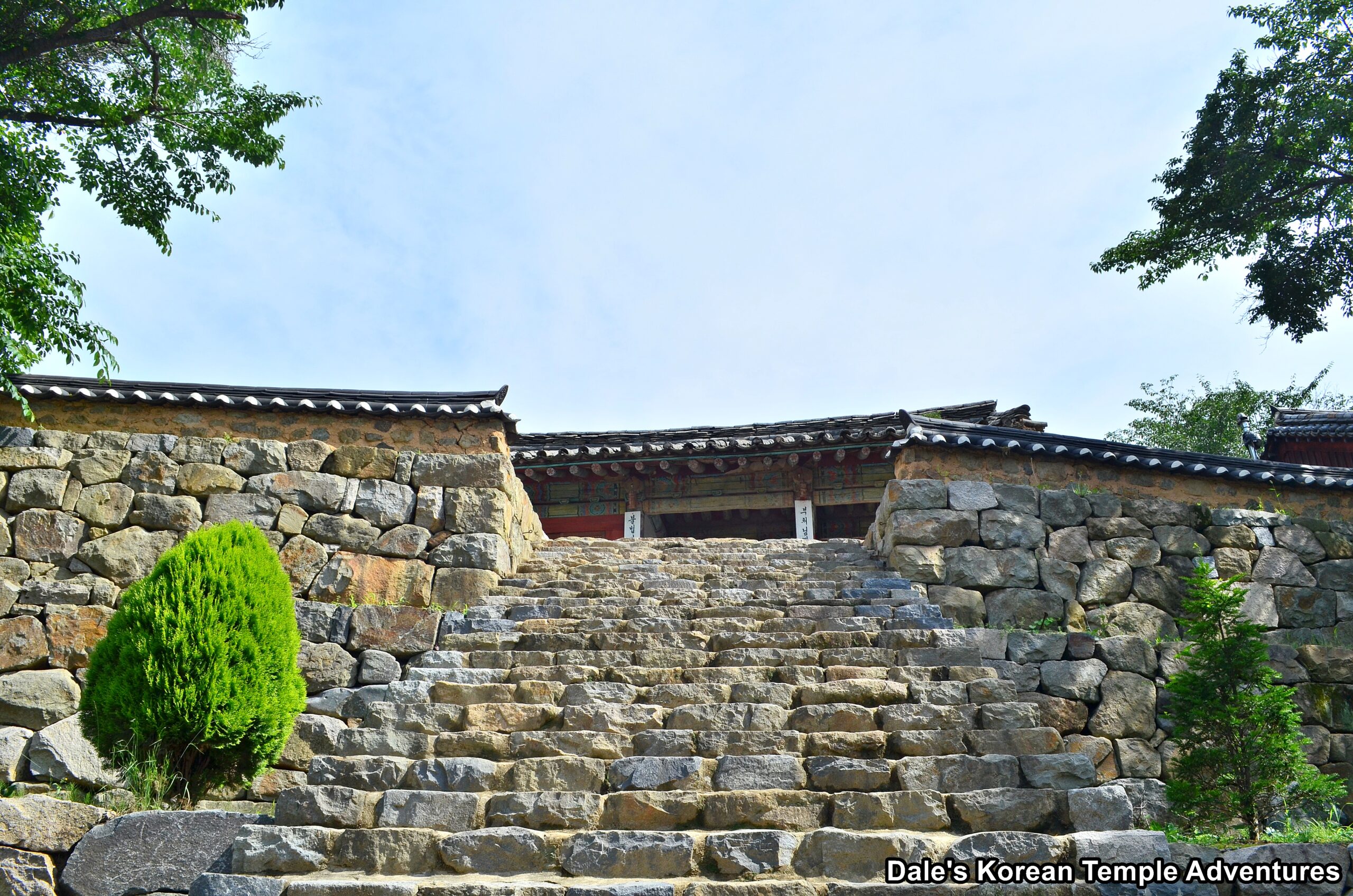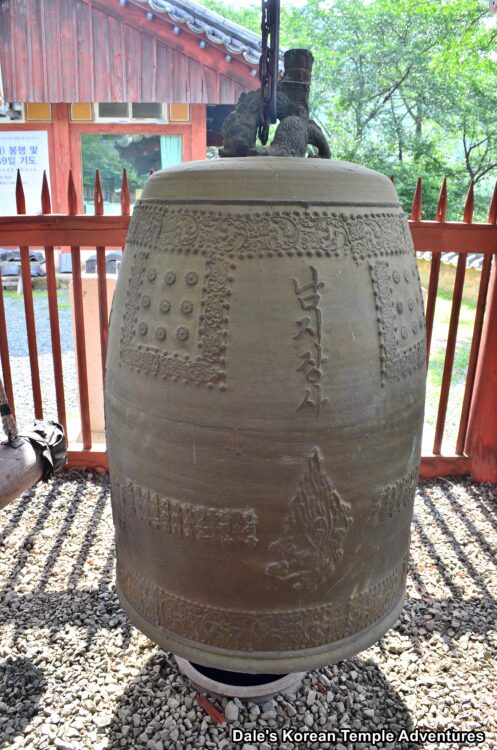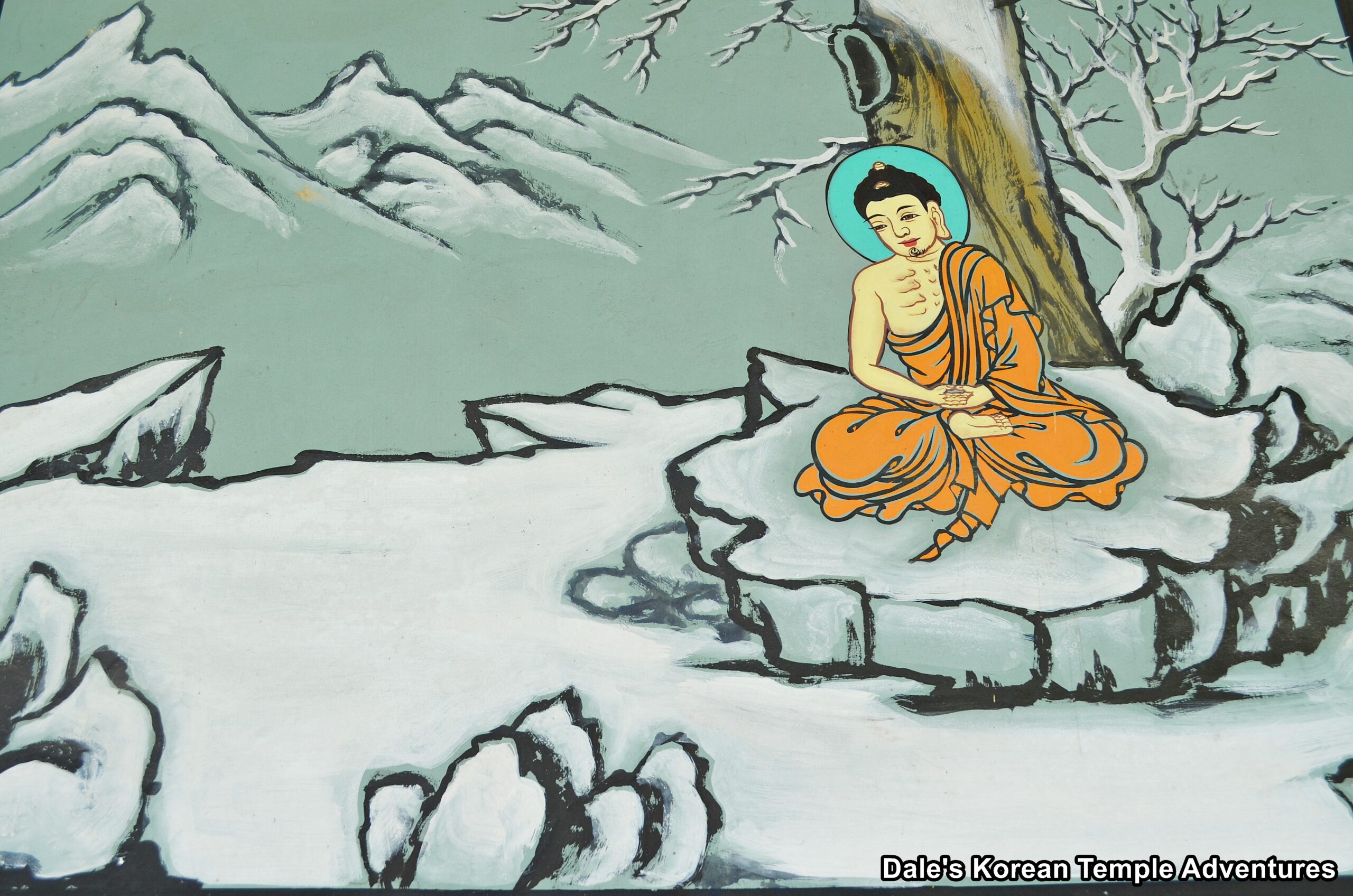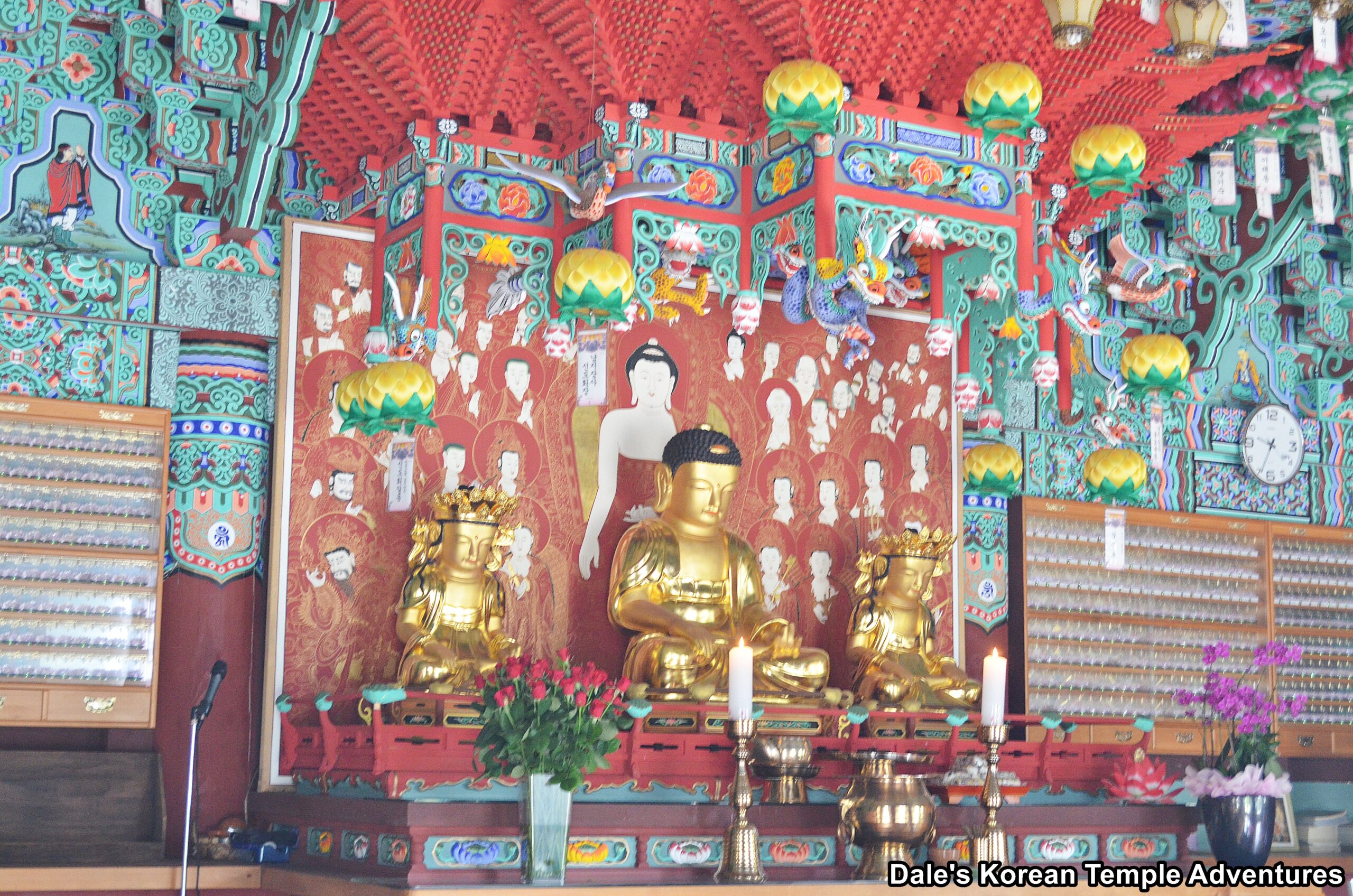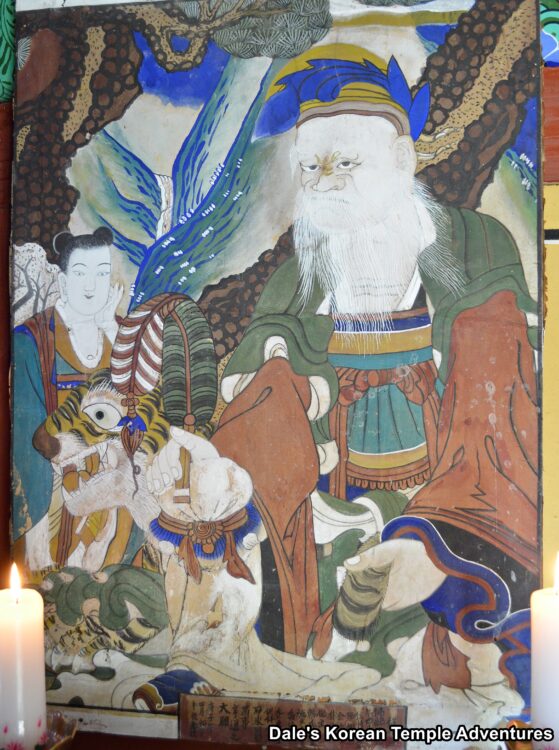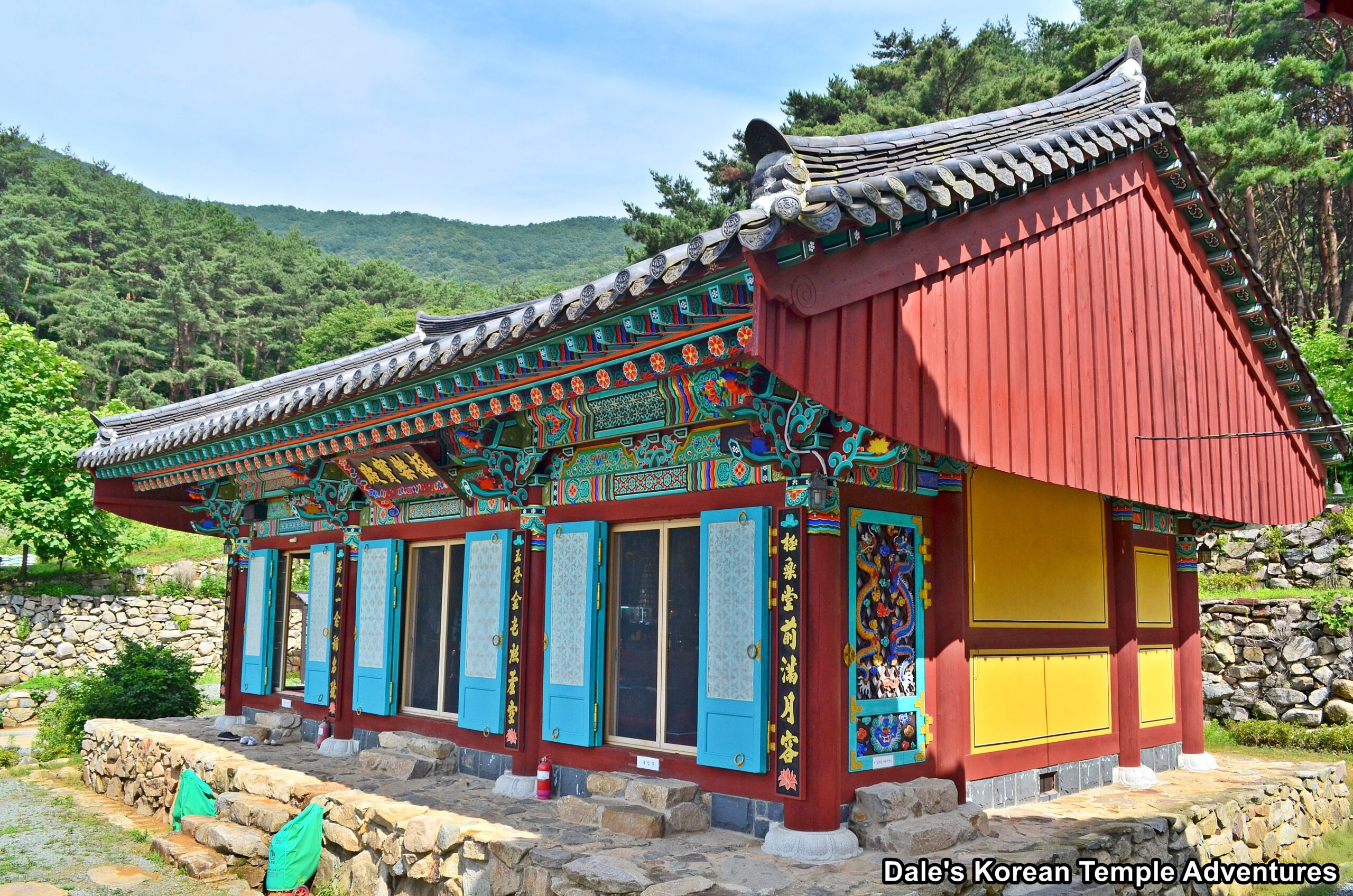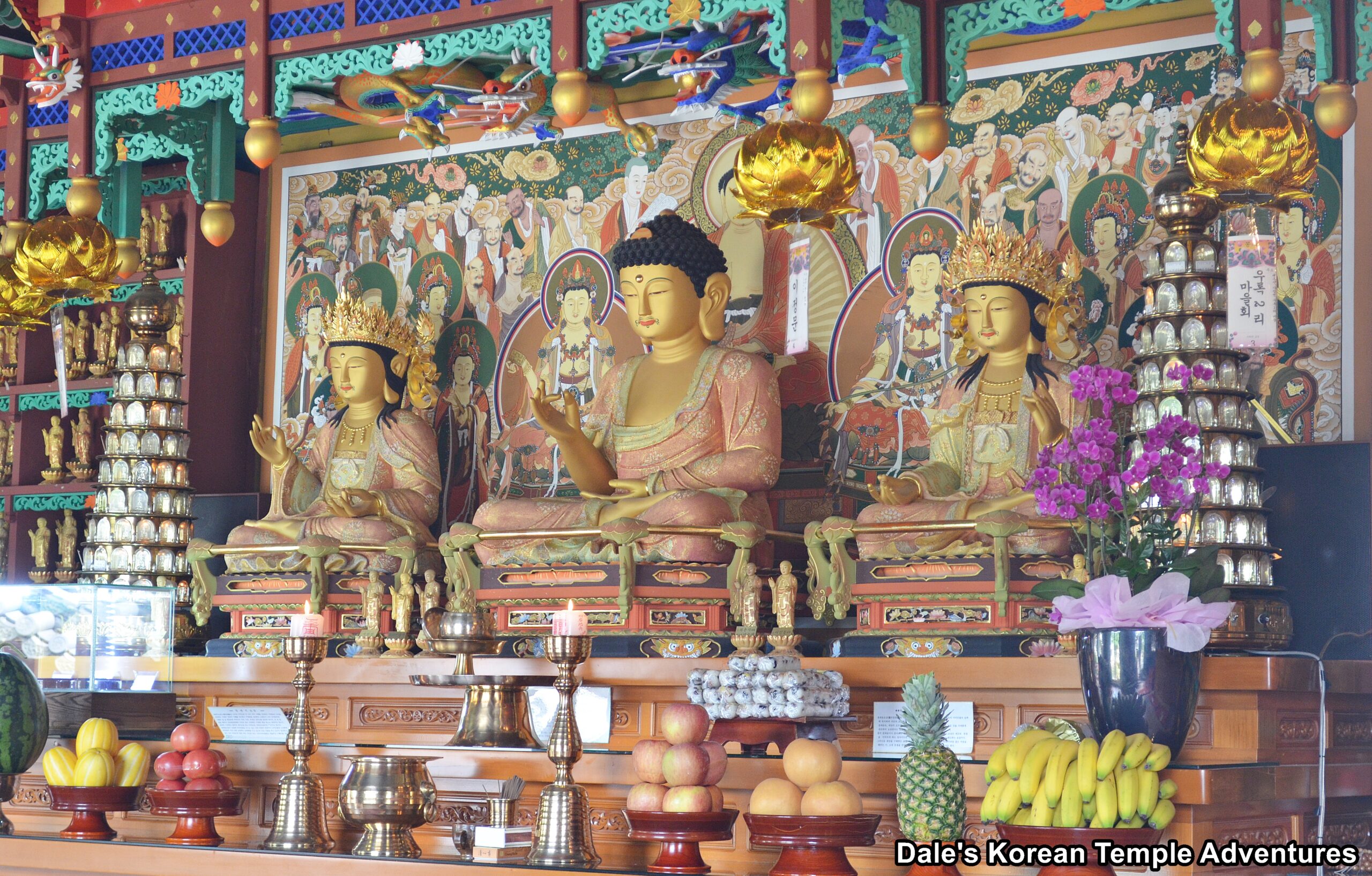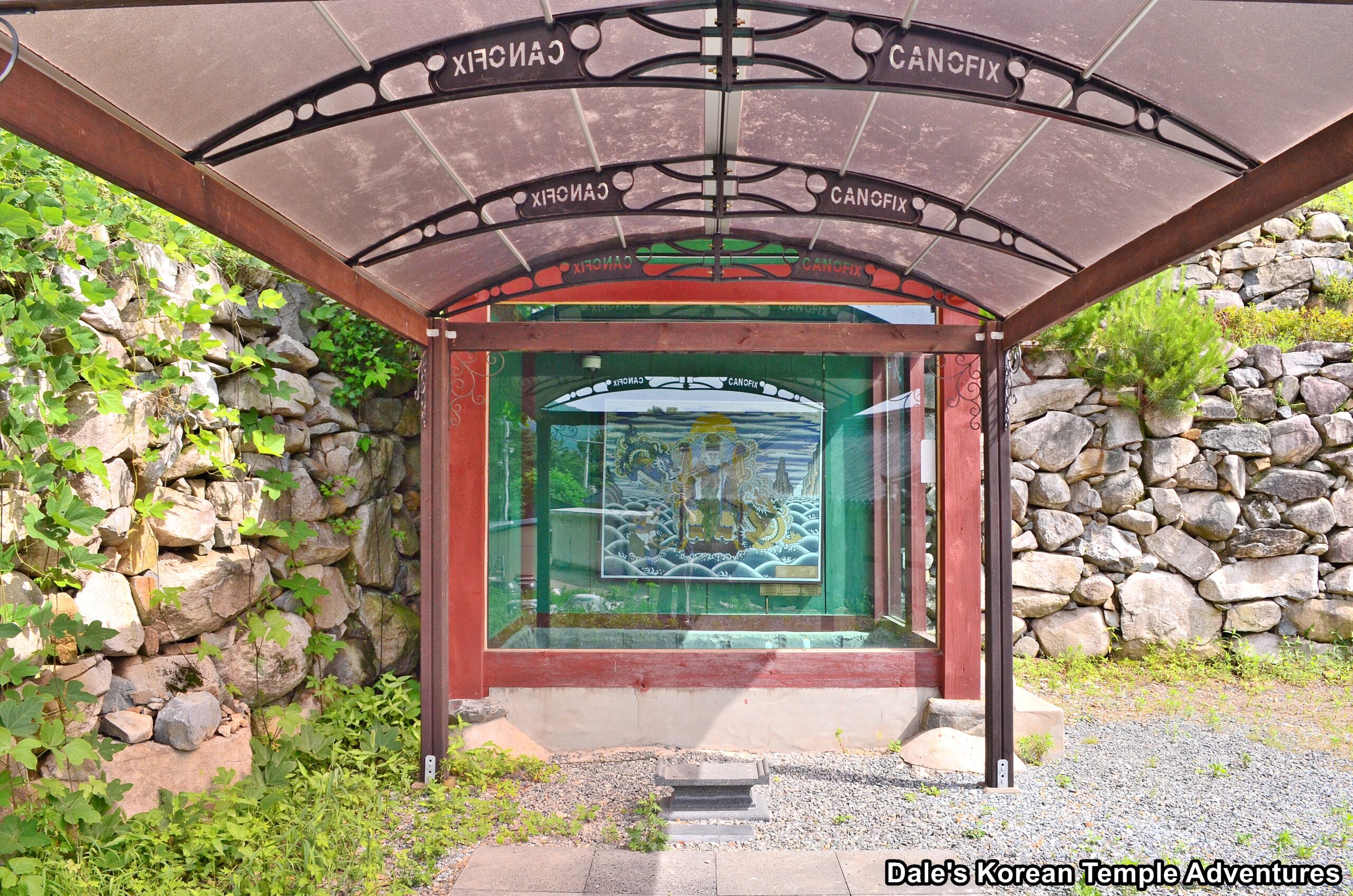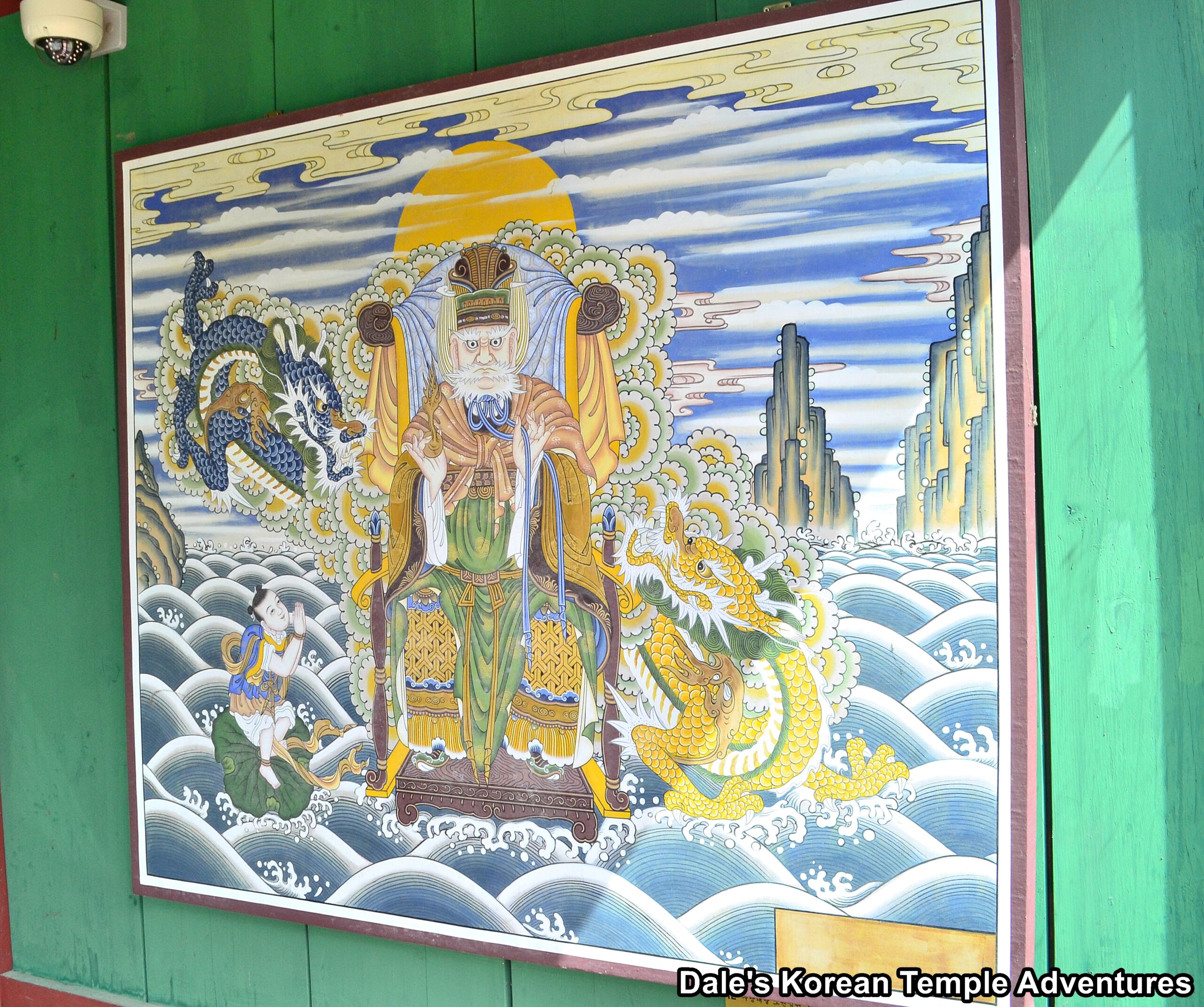Namjijangsa Temple – 남지장사 (Dalseong-gun, Daegu)
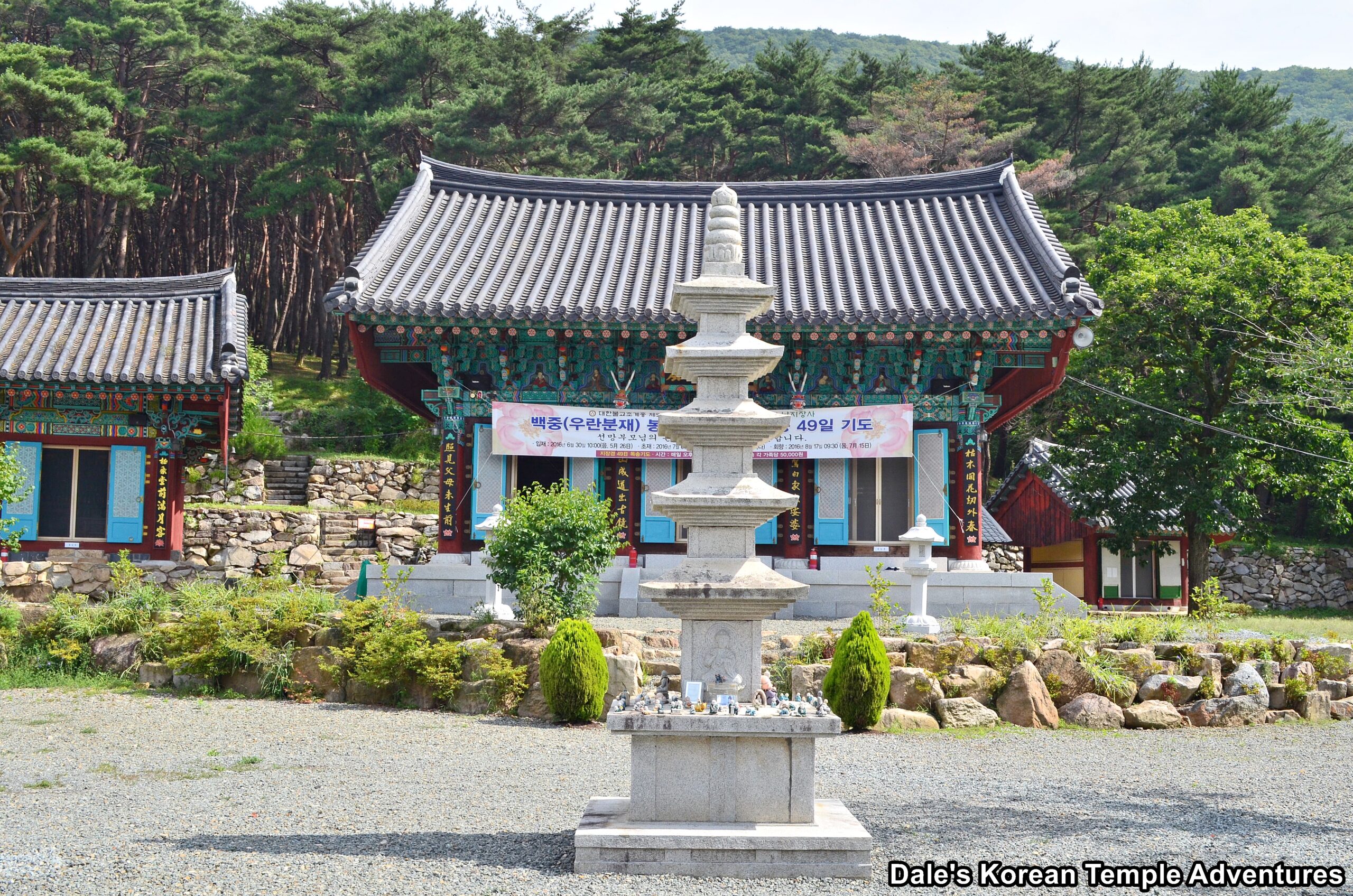
Temple History
Namjijangsa Temple is located in the southern part of Daegu in Dalseong-gun. More specifically, the temple is located to the south-east of the towering Mt. Choijeongsan (905 m). As for the name of the temple, Namjijangsa Temple means “South Jijang Temple” in English, which is in reference to the Bodhisattva of the Afterlife: Jijang-bosal. And the temple is a counterpart to Bukjijangsa Temple in neighbouring Dong-gu, Daegu.
Namjijangsa Temple was first established in 684 A.D. by the monk Yanggae. Eventually, the temple would grow to include eight shrine halls, a Jong-ru (Bell Pavilion) and Cheonwangmun Gate. Namjijangsa Temple is also believed to have once been the home to the famed monk Ilyeon (1206-1289) in 1263. Ilyeon was the author of the Samguk Yusa (Memorabilia of the Three Kingdoms). However, Namjijangsa Temple was completely destroyed by the invading Japanese in 1592 during the Imjin War (1592-1598). The temple would later be rebuilt on a smaller scale starting in 1652 by the monk Inhye. This would start a process of reconstruction and extensive renovations that would last over one hundred years, coming to an end in 1769.
Historically, the temple has been home to two of Korea’s most famous monks: Samyeong-daesa (1544-1610) and Muhak-daesa (1327-1405). Muhak-daesa was an advisor to Yi Seong-gye (Taejo of Joseon, r. 1392-1398), who would found the Joseon Dynasty (1392-1910). Muhak-daesa once studied at Namjijangsa Temple. As for Samyeong-daesa, he would use Namjijangsa Temple as the main training centre for the Righteous Army (Uibyeong – 의병) in the Yeongnam region. Samyeong-daesa would lead the Righteous Army against the Japanese during the Imjin War (1592-1598); sadly, this would result in the temple being a target by the Japanese, leading to its ultimate destruction in 1592, to help blunt the efforts of Samyeong-daesa.
Temple Layout
You first approach Namjijangsa Temple down a few country roads, until you eventually arrive at the temple parking lot. It’s next to a beautiful large water fountain that you’ll climb a set of stone stairs to get to the rather peculiar entry gate. The entry gate at Namjijangsa Temple, rather uniquely, has a Jong-ru (Bell Pavilion) to the right with a storage area to the left. Housed inside the Jong-ru Pavilion is a stout Brahma Bell with Poroe adorning the top of the bronze bell and Korean writing and Bicheon (Flying Heavenly Deities) adorning the body of the bell.
Having passed through this temple entry gate, you’ll enter into the main temple courtyard at Namjijangsa Temple. To your left, as you first enter, are the monks living quarters. And to the right is the temple’s visitors centre. Straight ahead of you sits the Daeung-jeon Hall. In front of the main hall stands a slender five-story stone pagoda that’s adorned with various trinkets that visitors have left behind as signs of devotion. Adorning the exterior walls to the Daeung-jeon Hall are a beautiful set of the Palsang-do (The Eight Scenes from the Buddha’s Life). As for the interior, and resting on the main altar of the Daeung-jeon Hall, are a triad of statues centred by Seokgamoni-bul (The Historical Buddha). This statue is joined on either side by Munsu-bosal (The Bodhisattva of Wisdom) and Bohyeon-bosal (The Bodhisattva of Power). And on the far right wall hangs a large Shinjung Taenghwa (Guardian Mural).
To the right rear of the Daeung-jeon Hall is the Samseong-gak Hall. Housed inside this shaman shrine hall are a triad of paintings. Both the Dokseong (Lonely Saint) and Chilseong (Seven Stars) murals are predominantly red in colour. But it’s the curmudgeonly Sanshin (The Mountain Spirit), who holds the accompanying tiger by the tail, that’s the main attraction of the three shaman murals.
To the left of the Daeung-jeon Hall is the newly constructed Geukrak-jeon Hall. As you first enter the shrine hall, you’ll find amazing dragons adorning the latticework of the entry door. At the base of this door is an equally amazing Gwimyeon (Monster Masks) guarding the entry of the Geukrak-jeon Hall. As for the interior, and resting on a packed main altar, is a triad centred by Amita-bul (The Buddha of the Western Paradise). He’s joined on either side by Gwanseeum-bosal (The Bodhisattva of Compassion) and Daesaeji-bosal (The Bodhisattva of Wisdom and Power for Amita-bul). Both Bodhisattvas wear beautiful fiery crowns.
And just to the left of the Geukrak-jeon Hall, in an outdoor pavilion, under a canopy, is a shrine dedicated to Yongwang (The Dragon King). The intense image of Yongwang is joined by two twisting dragons. The large image of Yongwang is also joined by a spring at the base of the mural.
How To Get There
From the Daegu train station, you’ll need to walk about fifteen minutes, or one kilometre, to get to the Chilseong market (where the NH Bank is located) bus stop. Take the bus that reads “Gachang 2” on it. After fifty stops, or one hour, you’ll need to get off at the Urokri stop. This is also the last stop of the bus route. From the Urokri stop, you’ll need to walk an additional 2.7 kilometres, or forty-one minutes, to get to Namjijangsa Temple.
You can take a bus or you can simply take a taxi from the Daegu train station. If you do decide to take a taxi, it’ll cost you around 25,000 won (one way), and it’ll take about one hour.
Overall Rating: 6/10
Without a doubt, the biggest highlight to this temple is the curmudgeonly Sanshin painting inside the Samseong-gak Hall. Adding to the temple’s overall beauty is the Shinjung Taenghwa (Guardian Mural) housed inside the Daeung-jeon Hall, the main altar statues inside the Geukrak-jeon Hall, and the large outdoor shrine dedicated to Yongwang (The Dragon King).
